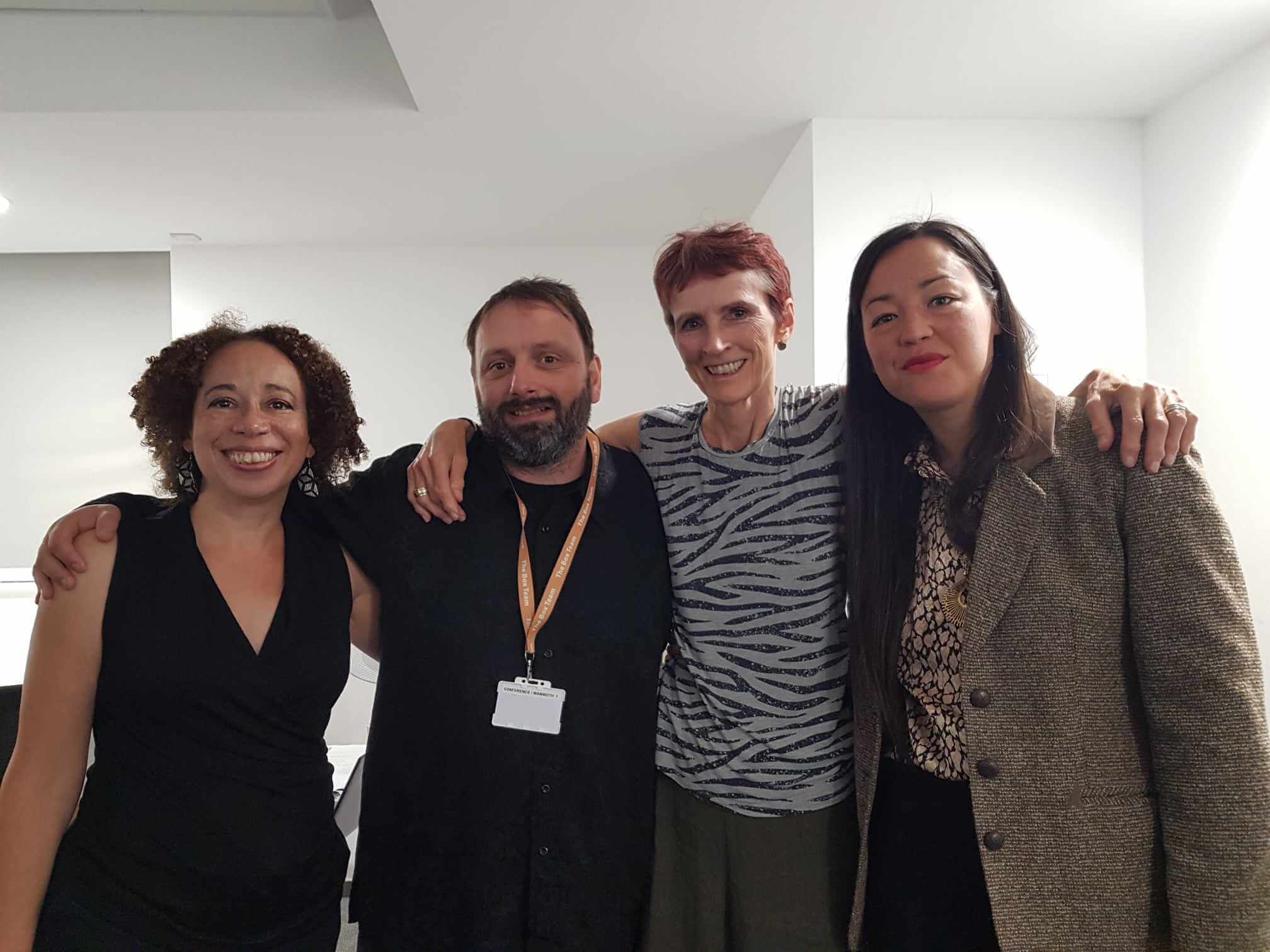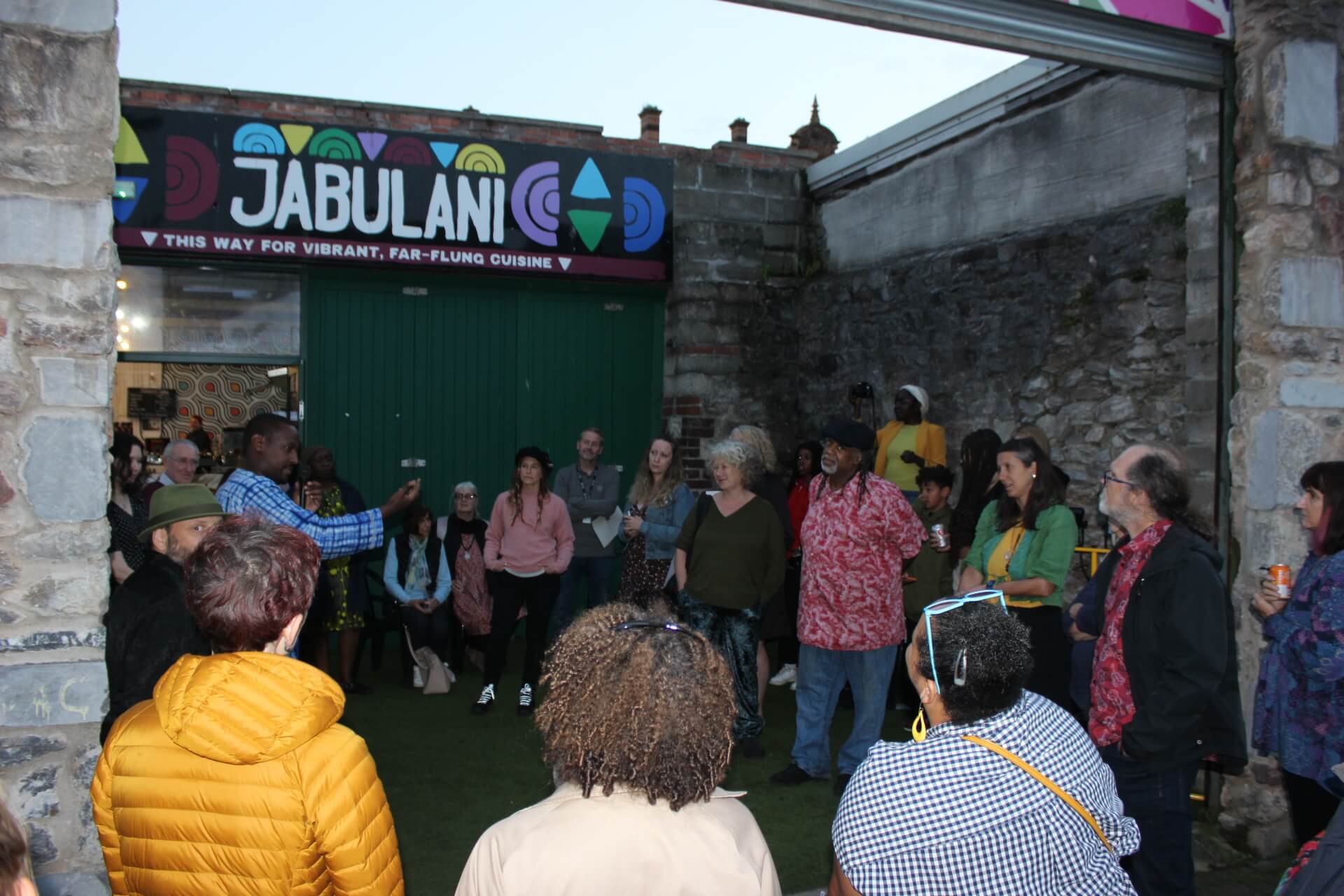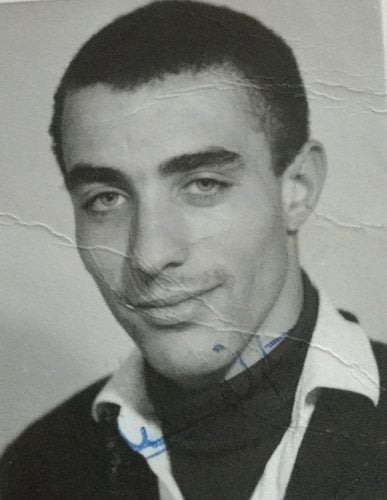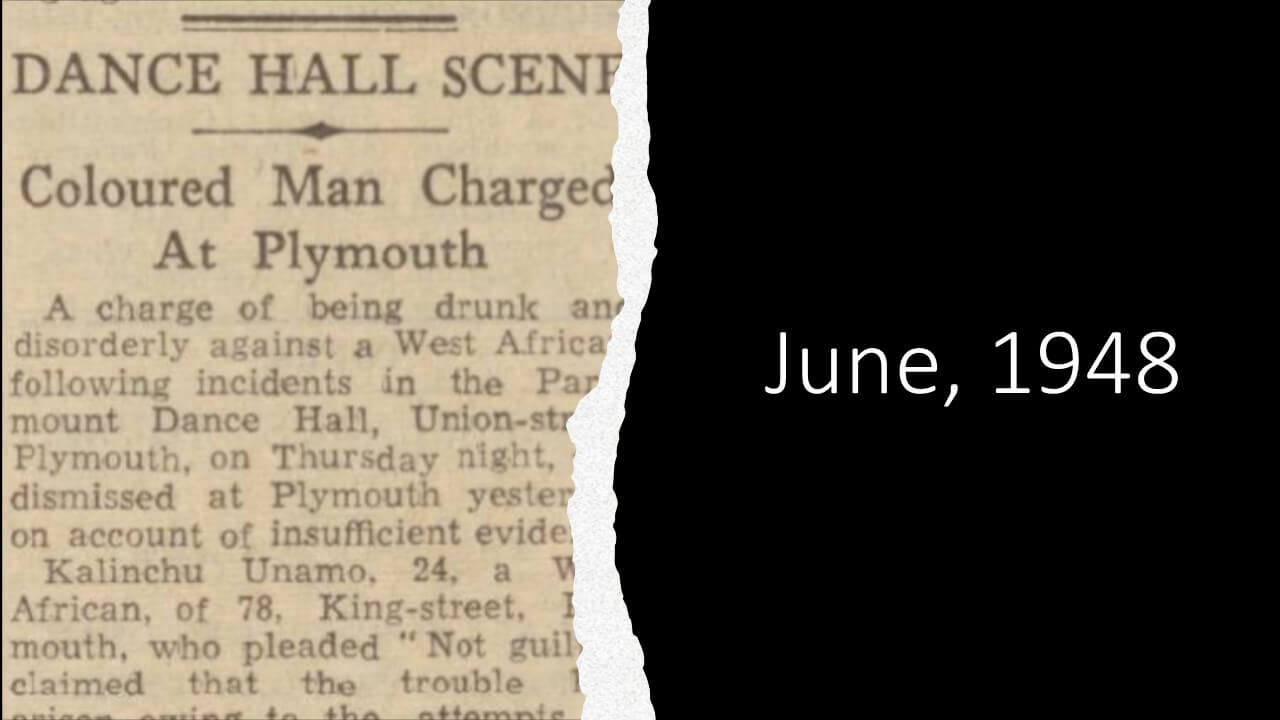GUEST POST: Intern Lucy Beston on TMM at Plymouth Community History Festival
Our talk at a recent community history festival connected us with the lives of three mixed race Plymouth men, all of whom were pioneers in their fields. Their stories show how the history of mixed race people in Britain is deeply rooted in local regions, reports our editorial intern, Lucy Beston.

The histories of mixed race people and families in Britain tell a national story, but are also deeply rooted in local regions, neighbourhoods and communities
Chamion Caballero, Director, The Mixed Museum
'Brown Babies' at the Plymouth Community History Festival
When the museum’s Director, Dr Chamion Caballero, and ongoing museum partner Professor Lucy Bland were invited to the Plymouth Community History festival by Slain McGough Davey and Chi Bennett of WonderZoo arts collective last month, their presentation was attended by Richard Wright, one of the ‘brown babies’ featured in Lucy’s research.
Richard grew up in Devon and was in the audience for the fully booked talk, where Chamion and Lucy shared stories about the mixed race children of Black American GIs and white English women born during World War Two, as well as the South West’s wider mixed race history.
“When we look at the history of mixed race people and families in Britain, there is often a national story that can be told about their experiences over time,” explained Chamion. “But so many of the stories are deeply rooted in local regions, local neighbourhoods, local communities – including in Plymouth.”
The Community Festival week of events was packed with talks and tours celebrating the social history of Plymouth – including Black, mixed, queer and immigrant stories – and uncovering marginalised figures.

Three Plymouth pioneers: Jack, Jimmy and William
At the closing festival event, visitors were given glimpses into the lives of three local men - Jack Leslie, Jimmy Peters, and William Miller – whose family members were in attendance.
Jack Leslie, born in 1901, was a mixed race professional footballer who spent most of his career at Plymouth Argyle. He was called up to the national team but had his invitation to play for his country withdrawn – probably because of the colour of his skin. As Leslie said later in his life: “They must have forgot I was a coloured boy.” He remembers that the decision was met with uproar in the local area – “Folks in the town were very upset.” The decision robbed him of the opportunity to become the first man of Black heritage to play for England.
Jimmy Peters, born in 1879, was a star rugby player for Plymouth and the Devon county teams before becoming the first man of Black heritage to represent England in the rugby union and the only Black England player until 1988. He played national games against Scotland and France but was pulled from the team when they faced South Africa, once again due to racism rather than his athletic ability.
William Miller, the son of a Sierra Leonean seaman and a white British woman, was Plymouth’s first Black councillor. Born in Stonehouse in 1890, Miller was offered the role of Lord Mayor but turned it down to focus on his work as Housing Chairman. Before World War Two, Miller tried to convince the local council of the danger of air raids but was ignored. He took matters into his own hands, carrying out an unofficial evacuation for which he was reprimanded in court. He was awarded a BEM, an OBE, and a CBE. Miller’s son Bernard ‘Claude’ Miller also became a councillor and eventually Lord Mayor.
The Mixed Museum is looking forward to talking with WonderZoo next year about how our organisations might collaborate to help share the stories of these three pioneering Plymouth men – and Plymouth’s multiracial history - more widely.
WW2 ‘brown babies’ in the South West
Lucy and Chamion were invited to the festival to share stories of Britain’s ‘brown babies’, with an emphasis on those from Plymouth and Devon – including Richard Wright, who attended the presentation as a guest with his family.
Having struggled to locate his birth parents, Richard was eventually able to find his father on a visit to the US with the Merchant Navy. Chamion said: “It was an honour to have Richard attend the talk with members of his family, where he also shared his recollections with the audience to much warmth and emotion.” The pair were so delighted to see Richard that they forgot to take any photos! However, you can see an earlier photo of Richard below, and read more about him in our ‘Brown Babies’ of WW2 digital exhibition.

Fascinating local histories
Chamion also shared other details from local history, including the story of Kalinchu Unamo, a young West African man living in Plymouth. In June 1948, Kalinchu was arrested and faced a charge of being drunk and disorderly at the local dance hall. In fact, he was fighting back against white men who told him that Black men should not dance with white girls. His case was dismissed.

The museum’s forthcoming project Between the Lines – exploring the histories of working class mixed race families in 19th century Britain - will highlight other local Plymouth stories.
This article was written by Lucy Beston who spent four weeks with us as a Graduate Editorial Intern thanks to support from QMUL. If you work at a university or college and are interested in supporting an internship at The Mixed Museum for your students, please get in touch with us.
Learn more
Sign up to our newsletter for more stories about the history of racial mixing in Britain.
Visit our exhibition The ‘Brown Babies’ of World War Two.
Read about our July panel event at the Foundling Museum where we discussed the ‘brown babies’ history behind E.L. Norry’s children’s novel Fablehouse.
